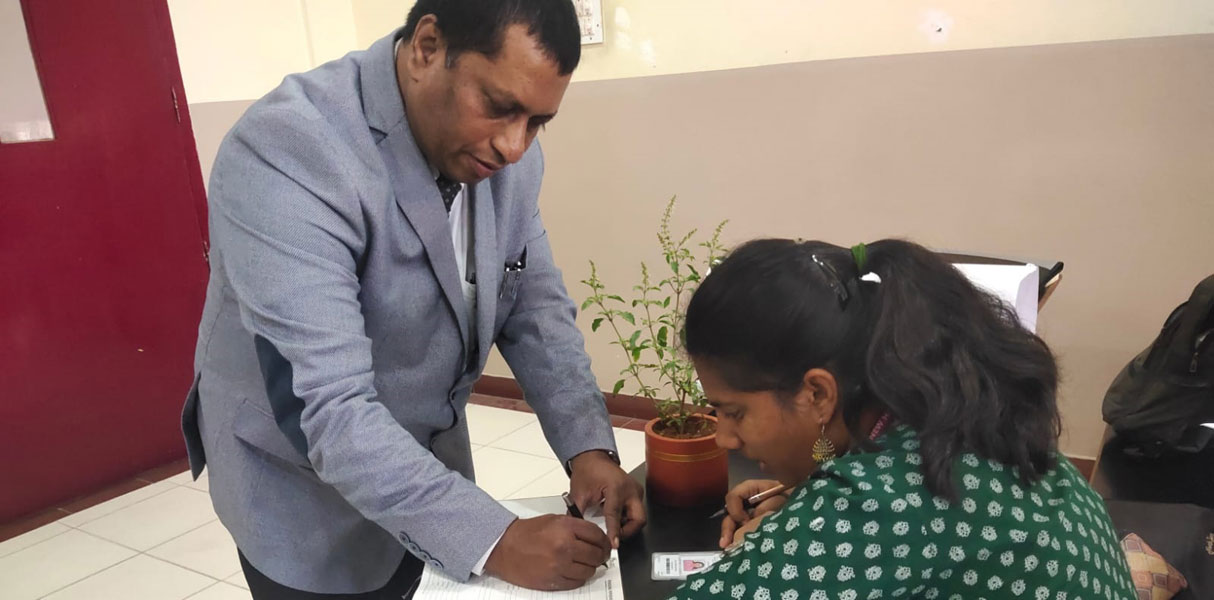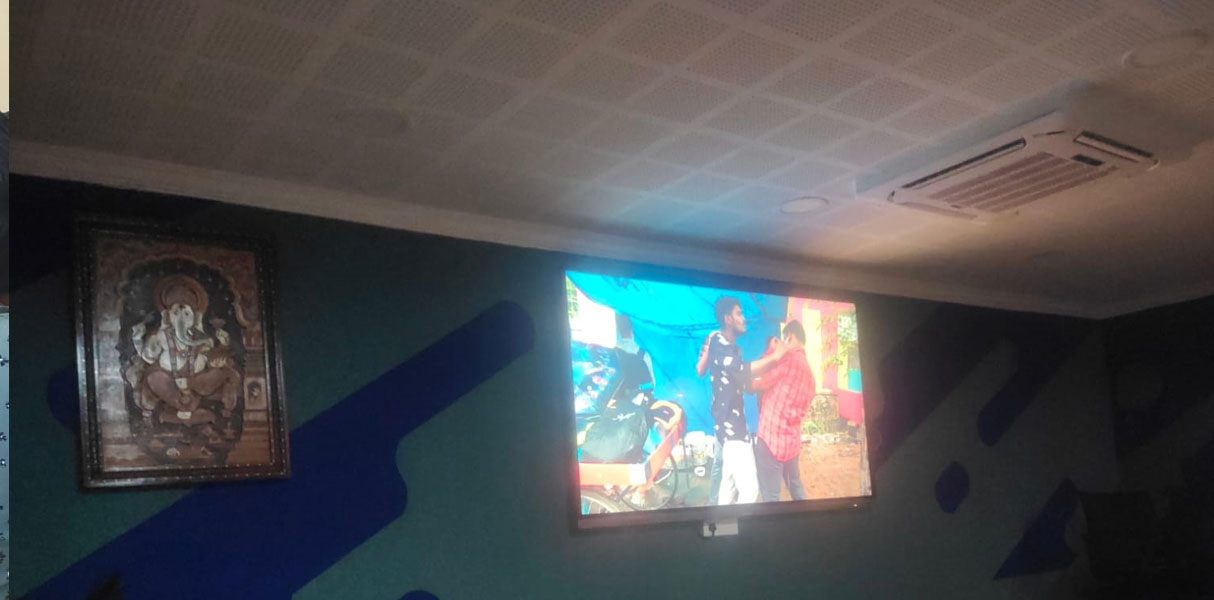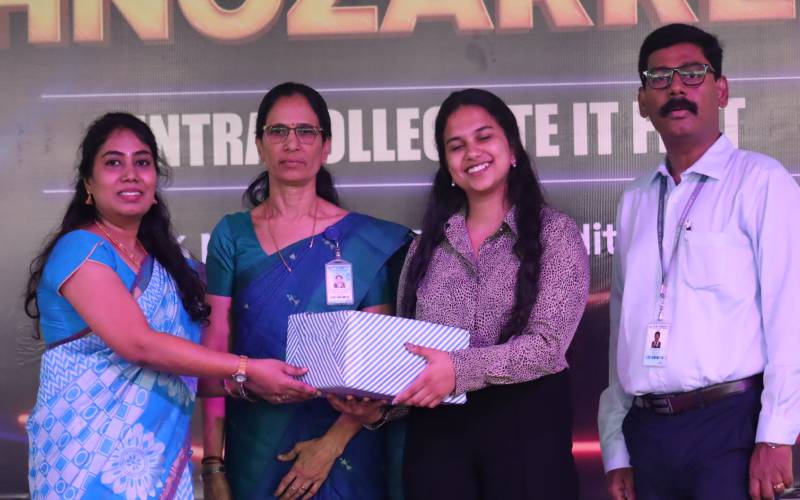Music CLUB 2024-25
Music Conservatoire
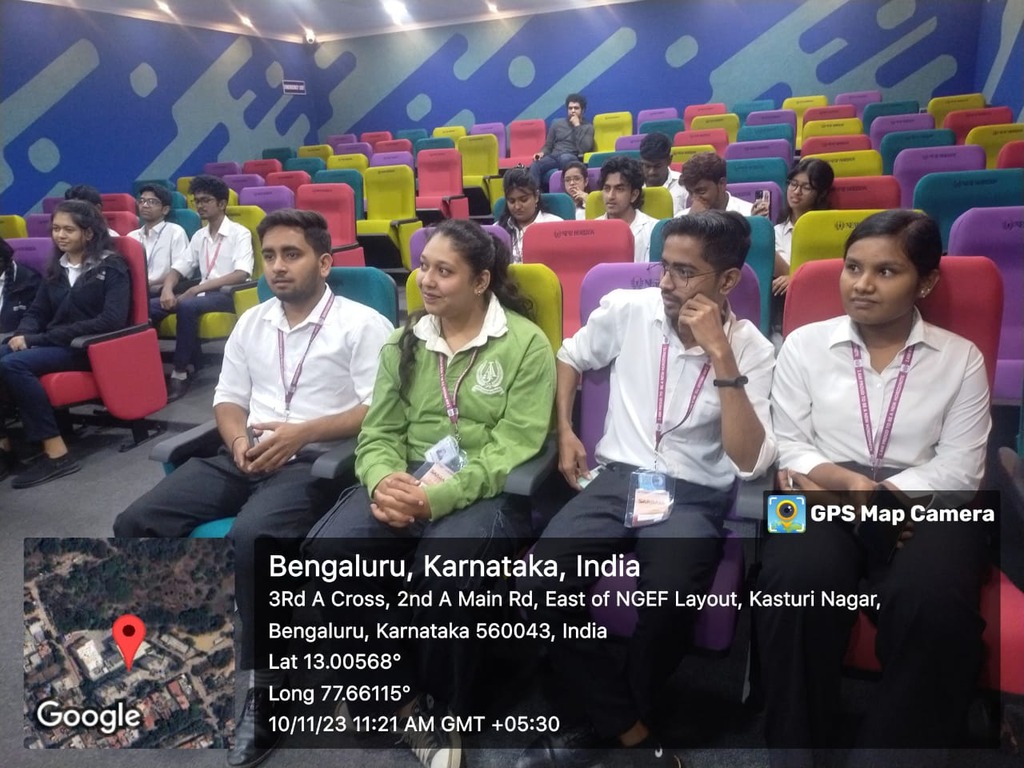
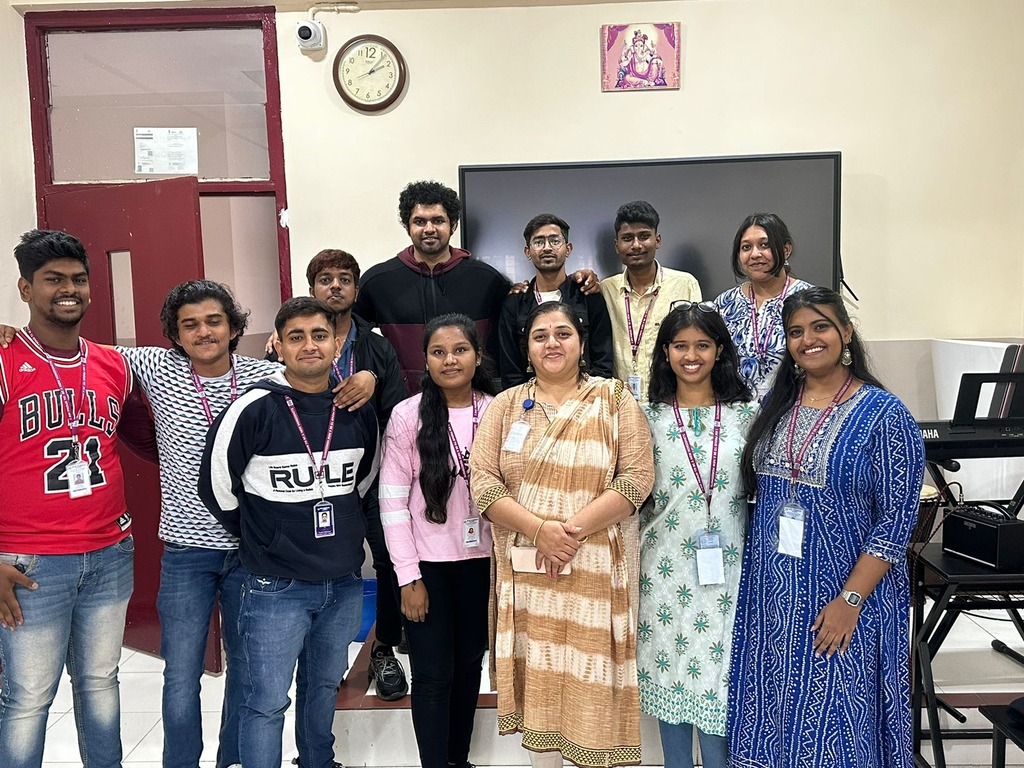

Introduction:
Conservatories are often known for their rigorous and intensive training, preparing students for careers as professional musicians, composers, conductors, or music educators. Some famous music conservatories include Juilliard School in New York City, USA, Royal College of Music in London, UK, Conservatoire de Paris in France, Moscow Conservatory in Russia, etc. These institutions typically offer various degrees, including undergraduate and graduate programs, and are known for their highly selective admission processes.
India has several renowned music conservatories and institutions that offer training in both Indian classical and Western classical music. Some of the notable music conservatories and institutions in India include – KM Music Conservatory (KMMC), Chennai Founded by the famous Indian composer A.R. Rahman, KMMC offers programs in Western and Indian classical music, as well as music technology. It provides training in vocal and instrumental music, composition, and more. Sangeet Natak Akademi, New Delhi – This national academy for music, dance, and drama is an autonomous organization under the Ministry of Culture, Government of India. It supports and promotes performing arts, including Indian classical music. Shankar Mahadevan Academy – Founded by the renowned Indian musician Shankar Mahadevan, this academy offers online courses in Indian classical and Bollywood music, making it accessible to students worldwide. Sri Ram Bharatiya Kala Kendra, New Delhi -This institution offers training in Indian classical music and dance. It is known for its performances and festivals, which promote Indian cultural heritage.
These institutions play a vital role in preserving and promoting India’s rich musical heritage while also providing opportunities for contemporary music education.
India has a rich tradition of musical instruments, each offering unique sounds and cultural significance. Here are a few Indian musical instruments that are relatively easier to learn and are pleasant to listen to:
- Harmonium
The harmonium is a small, reed organ with a keyboard. It’s a popular instrument in Indian classical, devotional, and folk music. The harmonium is relatively easy to learn, especially for those who have experience with keyboard instruments. It requires basic finger positioning and coordination to produce music.
- Tabla
The tabla is a pair of hand drums, consisting of the smaller “dayan” and the larger “bayan.” It is a fundamental instrument in Indian classical and popular music. While mastering the tabla can take years, learning basic rhythms and patterns is manageable for beginners. It involves hand coordination and an understanding of rhythm.
- Flute
The bansuri is a traditional bamboo flute used in Indian classical music. It is associated with the god Krishna and has a long-standing cultural significance. The bansuri is relatively easy to begin with, especially for those with a good ear for pitch. It requires breath control and finger placement. The bansuri produces a soft, melodious, and soothing sound. Its simplicity and expressiveness make it a beautiful instrument to listen to and play.
- Veena
The Veena is a long-necked string instrument that provides a continuous harmonic drone in Indian classical music. It is not played melodically but is used to support other instruments and vocals. Tanpura is one of the easiest Indian instruments to learn which look similar to Veena but is different. It involves tuning the strings and plucking them in a continuous pattern.
These instruments offer a range of sounds and learning experiences, making them accessible and enjoyable for beginners.
Objectives
Music has a profound impact on people in various ways, both physically and emotionally. Here are some of the key benefits of music:
1. Emotional Expression:
Music can evoke a wide range of emotions and helps individuals express their feelings. It can be a powerful tool for emotional regulation, helping people process and manage emotions like joy, sadness, anger, and nostalgia.
2. Stress Relief and Relaxation:
Listening to or playing music can reduce stress and promote relaxation. Slow, soothing music, in particular, can lower heart rates, reduce blood pressure, and decrease levels of cortisol, a stress hormone.
3. Improved Mental Health:
Music can lift one’s mood and combat feelings of depression or anxiety. It stimulates the brain’s reward centers, releasing dopamine, a neurotransmitter associated with pleasure and happiness.
4. Social Connection:
Music often brings people together, fostering social bonds. It is a vital part of cultural and community events, celebrations, and rituals. Playing music in a group or attending concerts can strengthen relationships and create a sense of belonging.
5. Creativity and Self-Expression:
Music is a creative outlet for self-expression. Composing, improvising, or simply choosing music to listen to allows individuals to express their identity and feelings in unique ways.
Overall, music is a versatile and powerful medium that can enrich lives, improve well-being, and foster personal and social growth.
Vision
The vision of a music conservatory often encompasses long-term aspirations, including:
- Excellence in Music Education: To be recognized as a leading institution for music education, known for high standards of teaching and learning.
- Global Cultural Impact: To contribute to the global cultural landscape by nurturing world-class musicians and artists who excel in their craft.
- Innovation and Tradition: To balance the preservation of classical traditions with the encouragement of innovative and contemporary music practices.
- Community and Cultural Engagement: To act as a cultural hub, engaging with local and global communities through performances, outreach programs, and collaborations.
Mission
The mission statements are more specific and operational, outlining how the conservatory aims to achieve its vision:
- Comprehensive Music Education: To provide rigorous training in various aspects of music, including performance, composition, theory, history, and music technology.
- Talent Development: To identify and nurture musical talent through individualized instruction, masterclasses, and performance opportunities.
- Cultural Leadership: To serve as leaders in the cultural community by hosting concerts, festivals, workshops, and public events that promote music and arts education.
- Lifelong Learning: To promote lifelong engagement with music through community programs, continuing education courses, and outreach initiatives.
Outcomes:
Music can have a wide range of outcomes, influencing our emotions, thoughts, physical state, and social interactions. Here are some key outcomes:
Improved Focus and Concentration: Certain types of music, like classical or instrumental, can improve concentration and cognitive performance, making it easier to focus on tasks.
Memory Enhancement: Music can trigger memories and improve recall, which is why it is often used in therapeutic settings for people with memory-related conditions like Alzheimer’s disease.
Social Bonding: Music can bring people together, whether through shared listening experiences, attending concerts, or participating in music-making activities.
Music Therapy: Used in clinical settings, music therapy can help with emotional, cognitive, and physical challenges, aiding in the treatment of conditions like depression, anxiety, and chronic pain.
MUSIC CONSERVATOIRE MEMBERS
Sl.No | Name | Designation | Role |
1 | Dr. Baswaraj Biradar | Principal | Chairperson |
2 | Dr. Shankaranand H | Librarian | Secretary |
3 | Ms. Prathibha Vikram | Sr. Asst. Professor | Member |
4 | Ms. Shashikala | Sr. Asst. Professor | Member |
5 | Ms. Sindhu Akilesh | Assistant Professor | Member |
6 | Ms. Nagalakshmi GS | Assistant Professor | Member |


